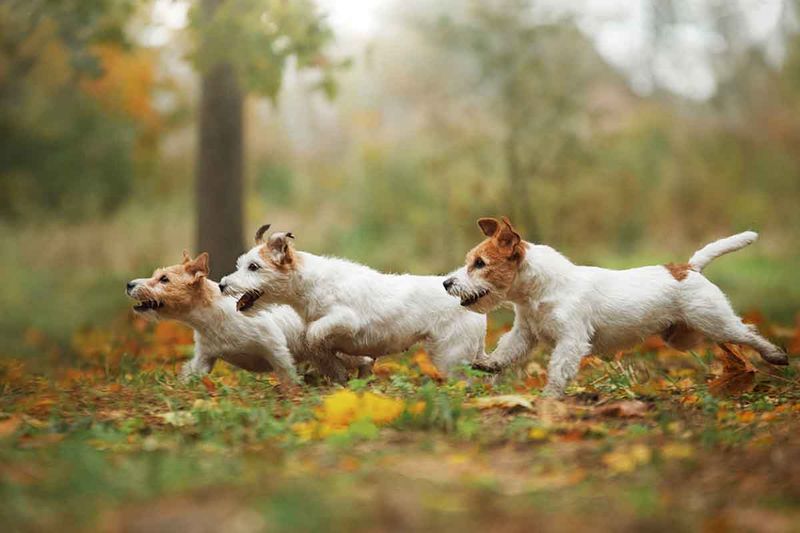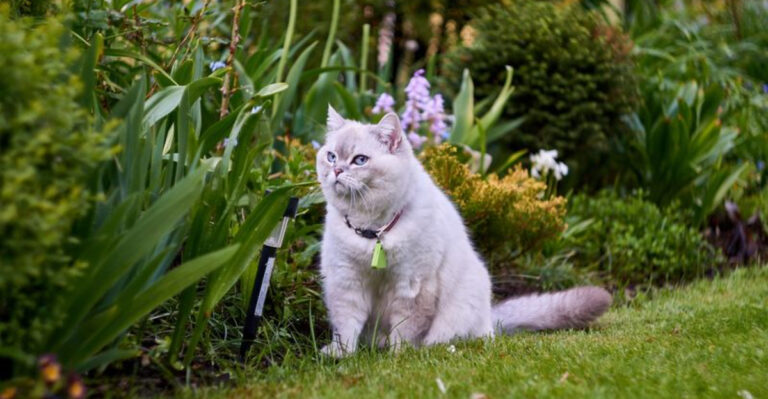12 Differences Between The Jack Russell And Parson Russell Terriers

Jack Russells and Parson Russells are often mixed up, but they have distinct qualities that make each breed special.
Both come from a long line of energetic and determined terriers, but subtle differences in their appearance, temperament, and needs set them apart.
This guide highlights key differences to help you better understand and appreciate these lovable, lively dogs.
1. Life Expectancy

Jack Russell and Parson Russell Terriers typically live between 13 to 16 years. Their lifespan depends on factors like health care, diet, exercise, and lifestyle.
Jack Russells can sometimes live longer with proper care, such as regular vet visits and a balanced diet.
Parson Russells also thrive in structured environments that meet their physical and mental needs.
Preventive care, including health screenings and vaccinations, is essential for a long life. Mental stimulation and social interaction also contribute to their happiness and longevity.
2. Ear Styles

Ears are not just for hearing; they give each terrier its distinct character.
The Jack Russell Terrier often features perky, V-shaped ears that give it a lively, attentive look. These ears seem to echo its ever-curious nature, always listening for the next adventure.
In contrast, the Parson Russell Terrier’s ears are typically folded, lying closer to the head. This subtle difference adds a touch of elegance, framing its face with a gentle curve.
3. Exercise Needs

Exercise is a must for both Jack Russell and Parson Russell Terriers due to their high energy.
Jack Russells love activities like agility courses, flyball, and interactive games to challenge them mentally and physically. Parson Russells enjoy similar activities and do well in structured environments like obedience competitions.
Regular walks, runs, and play sessions are essential to keep them from getting bored. A spacious yard is ideal but not necessary if they get plenty of chances to explore.
4. Physical Appearance

Jack Russell and Parson Russell Terriers share similarities but have clear physical differences.
Size is one of the main ways to tell them apart; Parson Russells stand between 12 to 15 inches tall, while Jack Russells are smaller, ranging from 10 to 12 inches.
Their coat types also vary, with Jack Russells sporting smooth, broken, or rough coats, while Parson Russells typically have a smooth or broken coat.
This leads to different grooming needs and adaptability to weather conditions.
Both breeds have V-shaped ears that fold forward, but Parson Russells’ ears are set higher. Their dark, almond-shaped eyes reflect their alert and intelligent nature.
5. Socialization Needs

Socialization is key for raising well-adjusted Jack Russell and Parson Russell Terriers. Both breeds benefit from early exposure to different environments, people, and animals.
Jack Russells, known for their independent nature, need structured socialization to prevent assertiveness.
Puppy classes, playdates, and dog-friendly outings help them thrive by encouraging positive interactions.
Regular socialization prevents issues like excessive barking or aggression by fostering a confident temperament.
6. Temperament And Personality

Jack Russell and Parson Russell Terriers share a working dog background but have different temperaments.
Jack Russells are energetic, independent, and fearless, thriving on activity and exploration.
Parson Russells are slightly more reserved and focused, excelling in activities like agility and obedience.
Both breeds are highly intelligent and trainable, but need consistent, engaging training.
Socialization is key for both, as their strong prey drive can lead to assertive behavior toward other animals.
7. Living Conditions

Jack Russell and Parson Russell Terriers can adapt to different living situations if their exercise needs are met.
They thrive in apartments with enough stimulation, but Jack Russells may need extra effort to avoid boredom.
Parson Russells do well with a routine that includes outdoor activities and mental challenges. Both breeds love being part of family life and getting plenty of attention.
A secure yard is helpful but not necessary as long as they get daily exercise. These terriers do best in environments that offer a balance of freedom and structure.
8. Training And Intelligence

Training Jack Russell and Parson Russell Terriers takes patience and creativity. Both breeds are smart but can be stubborn, so consistency is key.
Jack Russells need a firm, positive approach due to their assertive nature, while Parson Russells are often more focused.
They excel in structured activities like agility and obedience, where their intelligence shines.
Reward-based methods and interactive sessions keep them engaged and responsive.
Early socialization is important to prevent assertive behaviors, especially with their strong prey drive.
9. Origin And History

Jack Russell and Parson Russell Terriers both come from 19th century England.
Reverend John Russell wanted a terrier that could keep up with hounds, and that’s how these breeds were born.
The Jack Russells were bred for versatility, hunting all kinds of quarry. Parson Russells, on the other hand, were specifically made for fox hunting.
This subtle difference shaped their roles, with Jack Russells often working alongside rural huntsmen. Their shared history still shows in their lively and determined nature today!
10. Health Concerns

Jack Russell and Parson Russell Terriers may seem tough, but they’re prone to some health issues.
Both breeds can have joint problems like patellar luxation and hip dysplasia, which affect their mobility.
Regular vet visits, good exercise, and a healthy diet can help prevent these issues. Eye problems, such as cataracts, are also common and may impact their vision.
11. Size And Build

Size does matter, especially when you’re trying to tell these two breeds apart.
The Parson Russell Terrier stands taller, often boasting a more square build that gives it an elegant stature. Meanwhile, the Jack Russell Terrier is typically shorter with a more compact frame, making it look like a little powerhouse.
This difference in build not only affects their appearance but also their agility in different terrains. Parsons are often seen bounding gracefully, while Jacks might weave their way nimbly through tighter spaces.
12. Diet And Nutrition

A balanced diet is vital for Jack Russell and Parson Russell Terriers to stay healthy. Both breeds have high energy and need a diet that supports their active lifestyle.
Jack Russells benefit from meals rich in protein and healthy fats, while Parson Russells may need slightly adjusted portions.
Fresh ingredients like lean meats and veggies can enhance their diet.
Monitoring their weight and adjusting portions is important to prevent obesity. A well-planned diet helps them stay fit and healthy, ensuring they thrive for years!






